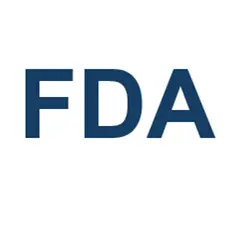Calcium phosphate can fortify foods as a nutrient or serve to regulate the acidity of the food, act as an anticaking agent or a sequestrant.
Calcium Phosphate
Found In
- Baking powder
- Beverages
- Fortified cereals
- Processed cheese
Also Known As
- Dicalcium Phosphate
- E341
- Tricalcium Phosphate
The Beverage Bottom Line
Calcium phosphate is authorized for use in the U.S., Europe and Canada.
This ingredient may have authorizations in countries not included on this site.
International Assessments and Authorizations

U.S. Food And Drug Administration (FDA)
Generally recognized as safe for intended uses. (GRAS)
Information about its use as a nutrient, sequestrant or general purpose.
In 2006 and 2011, dietary reference intakes for either calcium or phosphorus were reviewed by the National Academies of Sciences, Engineering and Medicine.
In 2008, FDA approved a health claim for calcium, vitamin D and osteoporosis.
In 1975, the health aspects of phosphates as food ingredients were evaluated.

European Food Safety Authority (EFSA)
Safe for intended uses. Authorized for use in the EU (nutrients, additives).
In 2019, EFSA assessed safety of phosphoric acid and phosphate salts.
In 2015a and 2015b, EFSA established dietary reference values for both calcium and phosphorus.
In 2009 and 2011, EFSA reviewed health claims for phosphorus.
In 2009, 2010 (a, b), 2011 and 2016, EFSA assessed health claims for calcium.

Health Canada
Safe for intended uses. Calcium and phosphorus are minerals permitted as supplemental ingredients.
In 2006 and 2011, dietary reference intakes for either calcium or phosphorus were reviewed by the National Academies of Sciences, Engineering and Medicine.
This page was last updated on 6/30/2025.

